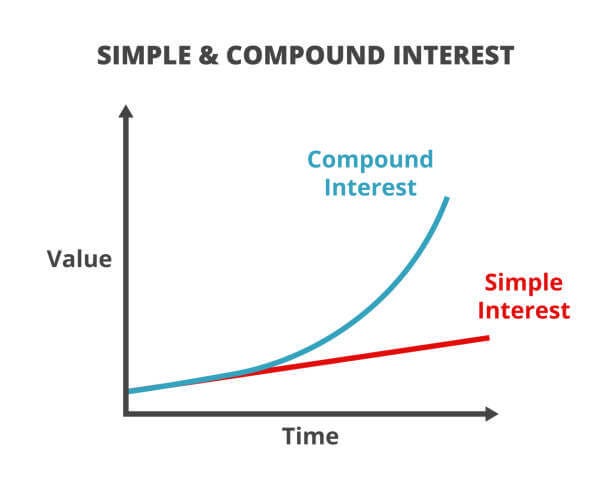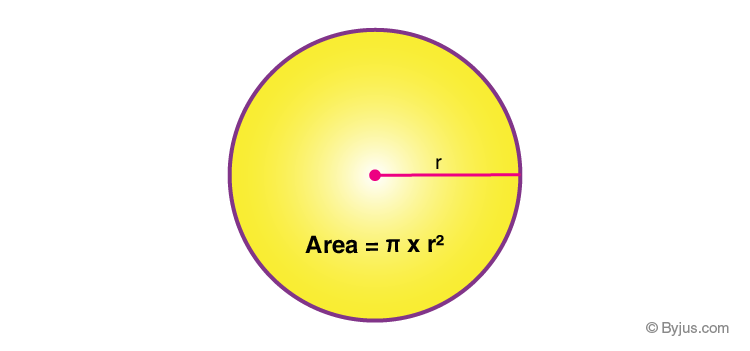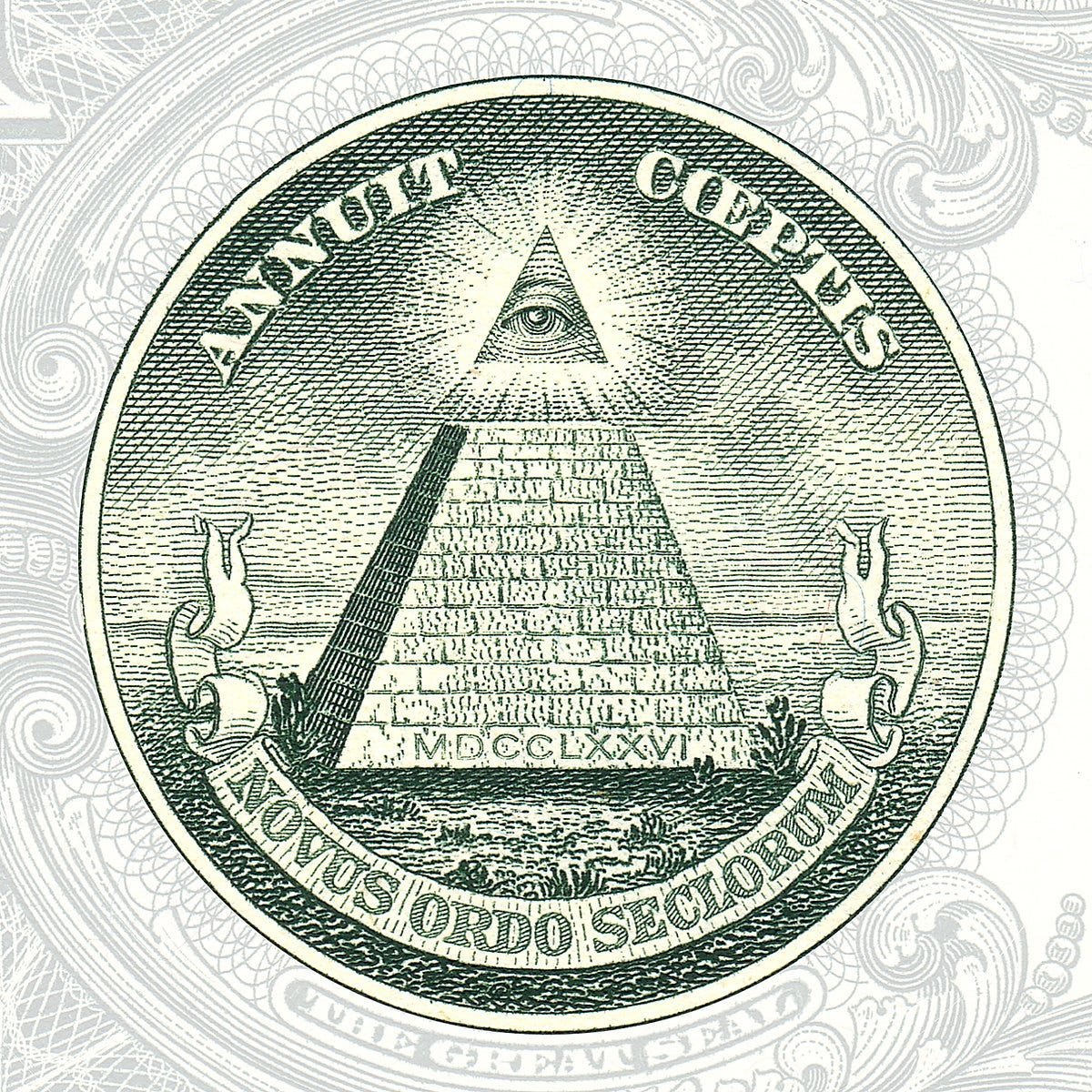Compounding is the idea that small, consistent actions can grow exponentially over time and lead to staggering growth.
It’s a powerful mental model because it describes a non-intuitive phenomenon that underlies the architecture of the world.
As always, the more we see a phenomenon repeated in the natural world the more likely it is to be relevant to your life and behaviors.
This relationship between repetition of phenomena and importance is a type of statistical power law.
A few examples of compounding in the natural world, across multiple levels of scale, include radioactive decay, nuclear chain reactions, bacterial growth, population growth (including humans) or the accelerating expanding universe to name a few.
There is a Japanese video game called Katamri Damacy where the protagonist tries to rebuild the stars using a small, highly adhesive ball called a Katamari.
The ball is rolled around the world, sticking to and collecting increasingly larger objects until becomes a star.
The Wheat and Chessboard Problem
There is a classic fable about the origins of chess.
When first presented with the new game, the King was delighted and offered the inventor a reward.
The inventor asked for a simple reward: a single grain of wheat on the first square of the chessboard, doubled on each subsequent square. The king agreed, thinking it a small price to pay for such a wonderful game.
The king, when told by his treasurer the total grain would bankrupt the kingdom before getting even halfway through the chessboard, sat and thought for awhile.
He then executed the inventor for trying to outwit a king.
This has been called the “wheat and the chessboard problem” or the “back half of the chessboard problem.”
It also illustrates that compounding is not infinite but will eventually run up against the limitations of physics. This is what happens with bacterial growth in a petri dish or mammals in a ecosystem.
Compounding and Money
Compounding is conventionally taught as a financial concept to illustrate the power of compound interest.
For example, if you set aside $10,000 for your newborn child in an investment account that grows at a conservative 5% a year for 65 years, that initial investment grows to almost $240,000. The magical part is the $230,000 of gains comes without any physical effort. If managed thoughtfully, money begets money.
This also ties into the Pareto principle, also known as the 80/20 principle. While this principle, like compounding, has broad and astounding implications, its original iteration by Italian economist Vilfredo Pareto described the phenomenon that 20% of a population tended to control 80% of the wealth.
Simple interest is when you are paid for only your time and labor. A linear relationship between your physical work effort and your wealth.
Compound interest on the other hand works for you while you sleep. Once the engine is set in motion, the growth does not require you to physically work for its increasing value.
We physiologically must spend a third of our life asleep. Unconscious. Not working. When you apply compound interest to your financial matters you ride a mathematical wave built into the architecture of the world.
Approximately one third of our time is spent on income producing work, one third on leisure or family and one third on sleep. Compounding the meager resources you can scrape together when young will work for you every hour of every day while you rest. More amazing is that it will do so at an accelerating rate.
It’s interest on your interest.
It’s like a cartoon snowball that gains momentum as it grows.
It’s why in present and past civilizational empires the wealth gap grows until there is a revolution, often catastrophic and violent.
It’s how forest fires grow so quickly.
It’s like the bacteria staphylococcus aureus in a petri dish. Or staphylococcus in the blood of a septic human host.
It’s like the universe accelerating in its expansion.
“Compound interest is the eighth wonder of the world. He who understands it, earns it. He who doesn’t, pays for it.”
This quote is attributed to Einstein but attributions don’t matter when universal truths are spoken.
Compounding and Behaviors
Compounding is also a behavioral principle because we all compound our good and bad habits.
Take addiction as an extreme example of a negative habit.
Addiction happens because it follows the compounding curve. Exponentially increasing inputs are required to achieve the same physiologic output. For example, needing increasing amounts of alcohol to get intoxicated or increasing amounts of caffeine to get stimulated.
The high or low addictive properties of chemical compounds is multi-variate but depends heavily on it interacts with our physiology. For example, neural cells will down-regulate or up-regulate post-synaptic neurotransmitter receptors based on the relative abundance or scarcity of different molecules in the synaptic cleft. If an addictive compound is used frequently enough, an organism may have difficulty organically generating the neurotransmitters released by the pre-synaptic cell to activate these post-synaptic receptors.
On the other hand, compounding good habits can lead to a rapid improvement in self esteem, quality of life and over all happiness.
Basic good habits such as regular exercise, stretching, quality sleep, hydration or healthy eating can compound so rapidly that a simple 1% improvement every week can leave you transformed.
It’s important to keep in mind the majority of compounding gains occur towards the end of the curve (the back half of the chessboard).
This is how an incremental 1% gain can even be so transformational, even if the daily improvements can at first feel imperceptible.
Therefore, setting modest but achievable daily goals is better than trying to start a new habit right at target. You can’t get to a 300 pound back squat in the first week no matter how hard you try.
It happens slow at first then accelerates. It requires perspective on the trajectory of your curve.
Importantly, it requires patience.
This is probably why patience is a fundamental human virtue across the major worldly religions.
Compounding and Multi-Disciplinary Learning
One of the most important things to realize is that there are no barriers between the different disciplines of human knowledge.
You can enter subject and make your way to any other subject even if seemingly totally unrelated. You can enter through the math or the physics and end at the psychological.
This is really important. The barriers are not real. The natural world and its principles are not siloed into different scientific disciplines in the way it is presented in academia. It is all one thing with ancient, pre human underlying principles and architectures.
This is what you start to notice when you start compounding learning. Learning is a skill you can acquire through focused effort as well as a creative process.
Quality foundational mental models and principles like compounding are the first step in becoming a learning machine.
Once you acquire and sharpen your cognitive learning tools, you start to more quickly observe the architectural patterns in the world.
The world of known and unknown is always present in our minds. A well lived life is one in which the flash light that is your mind ventures continuously farther into the unknown to give it structure and make it known.
It’s conquered territory. It’s mapping the universe. As we practice this habit it accelerates as long as your mental lens is consciously cleaned to prevent it being clouded by ideology.
It accelerates because the unknown is also part of the natural world and therefore operates on principles you frequently already know.
Look at the following equation for the area of a circle.
Radius squared. The exponent of the equation.
You expand the radius of your knowledge radius by venturing into the unknown. When your personal knowledge radius increases, the whole circle increases by the square of the radius.
The mathematical magic of Pi is a post for another day.
Life and knowledge are of course not a perfect circle but the important mathematical concepts apply none the less.
A one year old child basically has the circle of competence of a wild animal.
As a college graduate in your early twenties your circle of competence is unfathomably large compared to your 1 year old self. It’s basically all the knowledge of the universe itself relative to that child.
Unfortunately a terrible mistake many make is ending their active learning when they finish formal education. The imaginary finish line has been crossed. They no longer explore the unknown and instead settle into the patterns and habits of a life they will live for another 60 yeas if they are lucky.
Do not do this.
If you choose this path, consciously or subconsciously, you become one of the fabled three blind men struggling to describe an elephant. You want to have sufficient breadth to see the whole animal.
If you continue to cultivate the art of learning, you will notice yourself becoming a worldly powerhouse compared to your peers.
You make connections faster. You learn things more deeply.
Art becomes meaningful in a way not previously understood because it describes the architecture of the world in a way words never can.
If visual art decorates space, music decorates time.
You can forecast the future with better accuracy and people will pay you handsomely for it.
Your life becomes both richer and easier.
Your mental lens, the eye at the top of the pyramid on a U.S. dollar bill, slowly widens and clears.
In cultivating and compounding the art of learning, you realize you can achieve any aim you want. This is because you can harness an energetic, deep ocean current that exists in the substructure of things to make the way easier.
You can be, do or get anything you want in life.
Compounding is one of the sharpest tools by which to do this.
And after realizing you can have whatever you want comes the next order question, what do you actually want?
This can only be answered by you and no one else.
So we have learned that compounding across wealth, behaviors and learning is one of the energetic secrets of the universe.
We have learned wealth begets wealth.
We have learned knowledge begets knowledge by extending the radius of your circle of competence bit by bit into the unknown.
We have learned the compounding requires the virtue of patience because it does not steepen until the back half of its curve.
We have learned that as you move through life and begin to notice the interconnectedness of all disciplines you might even start to become a little wise.
The mental lens by which you look out into the world, the eye atop the pyramid on every U.S. dollar bill, becomes incrementally wider and more clear.
Slowly at first and then quickly.
This is the Matrix moment when you realize you can stop bullets.
This is a life arc that is truly God like.



